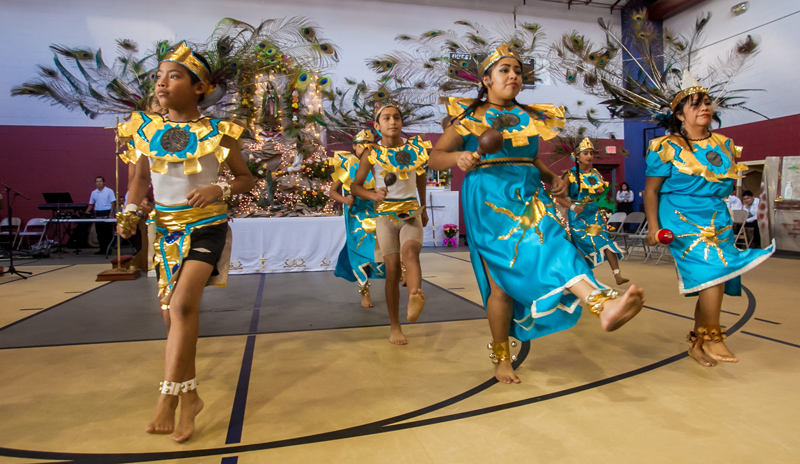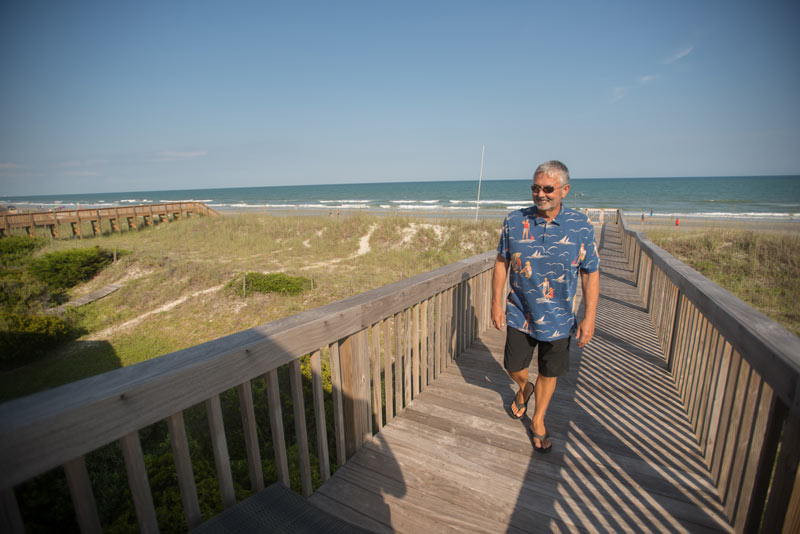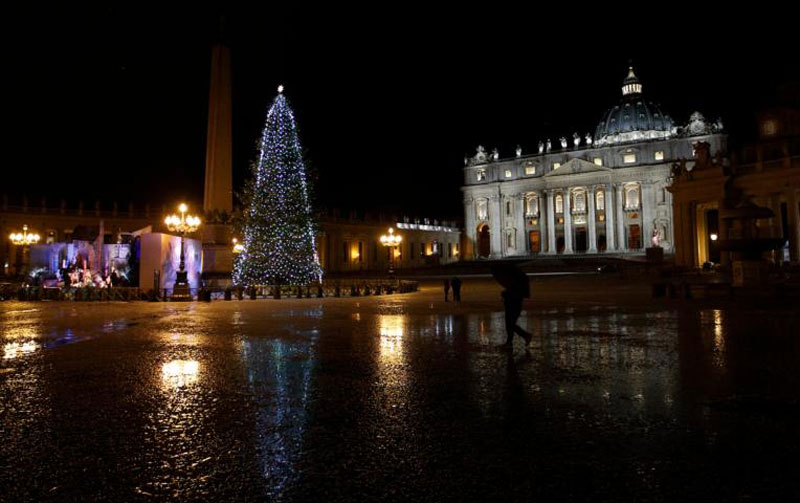
In mid-December each year, the feast of Our Lady of Guadalupe brings a joyful burst of color, pageantry, celebration and public devotion to Mary.
This year was no different, as hundreds of people took part in celebrations throughout the week, beginning Dec. 8 and continuing through Dec. 15.
The actual feast day is on Dec. 12 and honors Mary’s appearance in 1531 to Juan Diego, a young Aztec weaver who saw the apparition on Tepayec Hill near Mexico City.
Over the centuries, the feast has become one of the largest annual celebrations in Mexico, and Mexican Americans have carried the tradition here. Our Lady of Guadalupe is now the patron of Mexico and the Americas.
Tradition says that Mary told Juan Diego to build a church upon the spot where she appeared. When he spoke to the local archbishop, his request was denied. The Blessed Mother appeared to him two more times, but still the bishop asked for proof. Juan Diego then gathered roses, which should not have been growing at that time of year, from the hillside where Mary appeared and carried them to the prelate’s house wrapped in his cloak. He opened the tilma in front of the bishop, and as the roses poured out, a miraculous image of Mary was revealed on the inside of the cloak. Juan Diego’s tilma is on display to this day in the Basilica of Our Lady of Guadalupe in Mexico City, a destination for thousands of pilgrims each year.
Pope John Paul II canonized Juan Diego in 2002.
Annual celebrations of Our Lady of Guadalupe include day-long Masses, prayers and recitation of the rosary in some parishes. Other events feature performances of traditional Aztec and indigenous dances and Mexican music. There are also processions with hundreds of people walking in tribute behind a statue of Mary, plus plays and pageants reenacting the story of Juan Diego and the apparitions.








